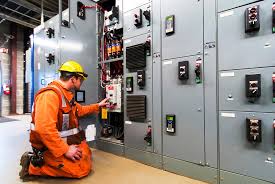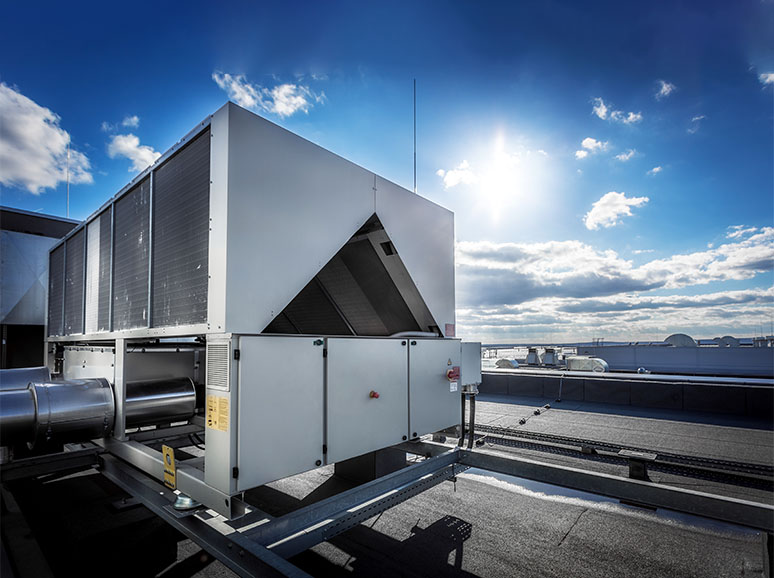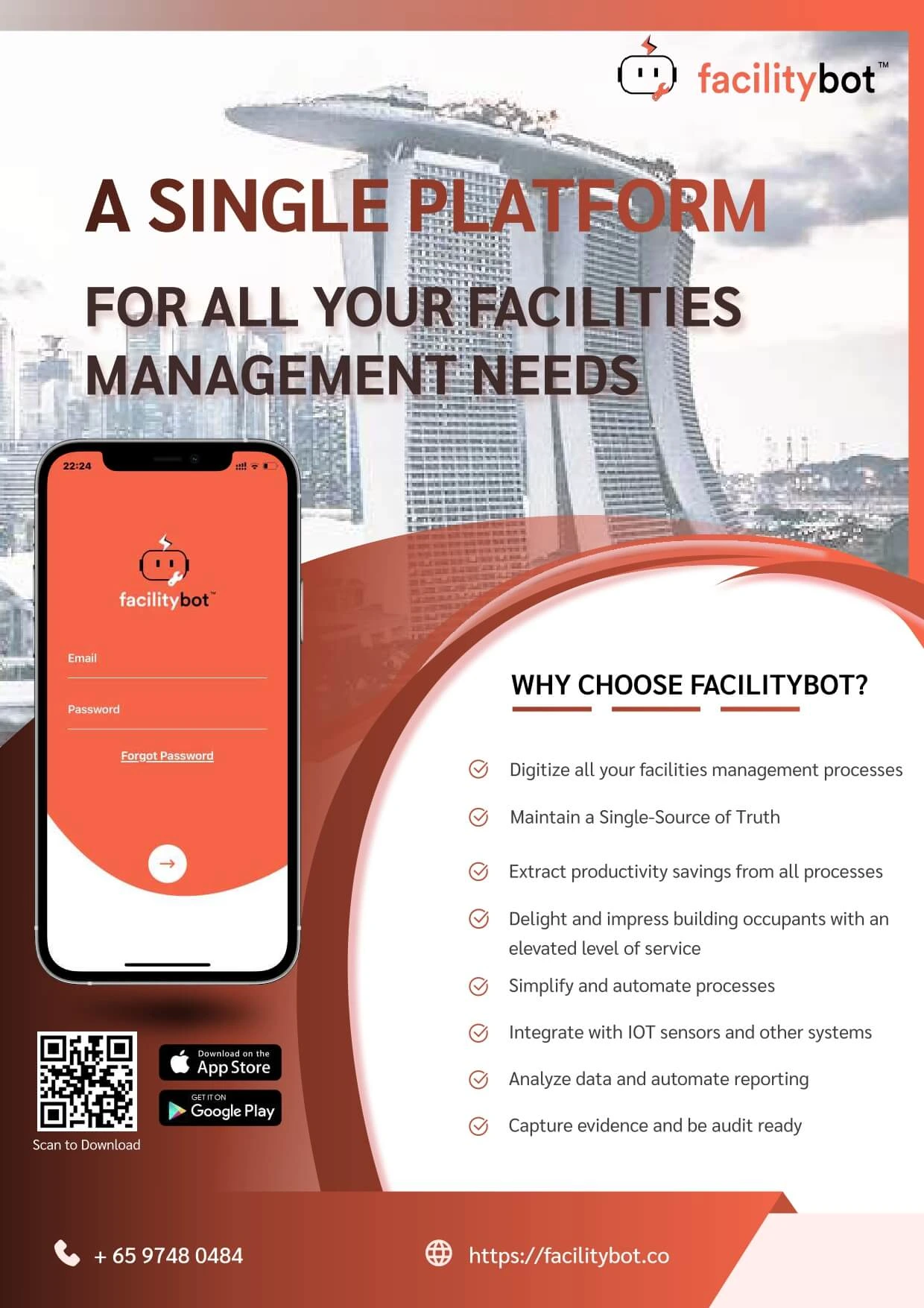Introduction: In the realm of facilities management, the integration of IoT (Internet of Things) has emerged as a game-changer, revolutionizing the way buildings and assets are managed and maintained. But how exactly does IoT work, and what are the key factors driving its implementation? In this article, we unveil the four fundamental factors that make IoT possible and explore their significance in facilities management.
The Four Factors Driving IoT in Facilities Management:
1. Connectivity: At the core of IoT lies connectivity—the ability of devices and sensors to communicate and exchange data seamlessly. In facilities management, IoT-enabled devices such as sensors, actuators, and smart meters are interconnected, forming a network that enables real-time monitoring and control of various parameters. This connectivity empowers facility managers to gather valuable insights into building performance, energy consumption, and equipment health, enabling proactive maintenance and optimization strategies.
2. Sensors and Data Collection: Sensors serve as the eyes and ears of IoT, capturing data from the physical environment and converting it into actionable insights. In facilities management, IoT sensors are deployed throughout buildings to monitor factors such as temperature, humidity, occupancy, and equipment status. By continuously collecting and transmitting data to a central hub or cloud-based platform, these sensors provide a comprehensive view of building operations, enabling informed decision-making and optimization of resources.
3. Data Processing and Analytics: The sheer volume of data generated by IoT devices can be overwhelming without proper processing and analysis. This is where data processing and analytics come into play. Advanced algorithms and machine learning techniques are employed to sift through the vast amounts of data, identify patterns, and extract valuable insights. In facilities management, these insights enable predictive maintenance, energy optimization, and improved occupant comfort and safety.
4. Integration and Actionable Insights: The ultimate goal of IoT in facilities management is to translate data into actionable insights that drive tangible outcomes. This requires seamless integration of IoT data with existing systems and processes, such as CMMS (Computerized Maintenance Management Systems) and building automation systems. By integrating IoT with CMMS solutions like FacilityBot, facility managers can streamline maintenance workflows, prioritize tasks based on real-time equipment data, and achieve smart facilities management outcomes with ease.
Unlocking the Power of IoT with FacilityBot: FacilityBot stands at the forefront of IoT integration in CMMS solutions, empowering facility managers to harness the full potential of IoT for smart facilities management. With FacilityBot, you can seamlessly integrate IoT sensors into your maintenance workflows, monitor equipment health in real-time, and proactively address issues before they escalate. Visit facilitybot.co to learn more about how FacilityBot can revolutionize your facilities management practices.
Explore IoT Sensor Solutions at FacilityBot’s IoT Sensor Store: Discover a wide range of IoT sensors tailored for facilities management at FacilityBot’s IoT Sensor Store. From temperature and humidity sensors to occupancy detectors and energy meters, our sensor solutions provide the insights you need to optimize building performance and enhance occupant comfort. Visit store.facilitybot.co to explore our offerings and take your facilities management to the next level.
Conclusion: In conclusion, IoT represents a transformative force in facilities management, offering unprecedented insights and efficiencies. By understanding the four key factors driving IoT—connectivity, sensors and data collection, data processing and analytics, and integration—facility managers can unlock the full potential of IoT to achieve smarter, more efficient building operations. With FacilityBot’s CMMS solution and IoT integration capabilities, you can streamline maintenance processes, optimize resource usage, and deliver exceptional experiences for building occupants.




